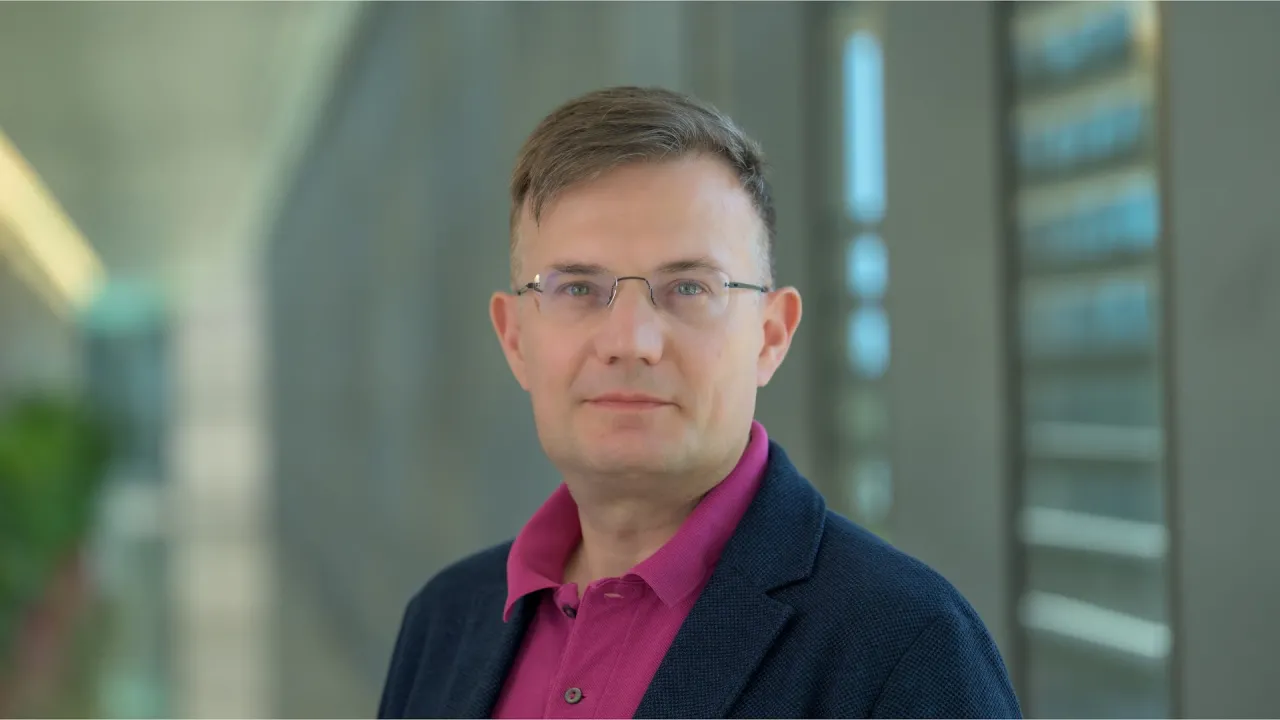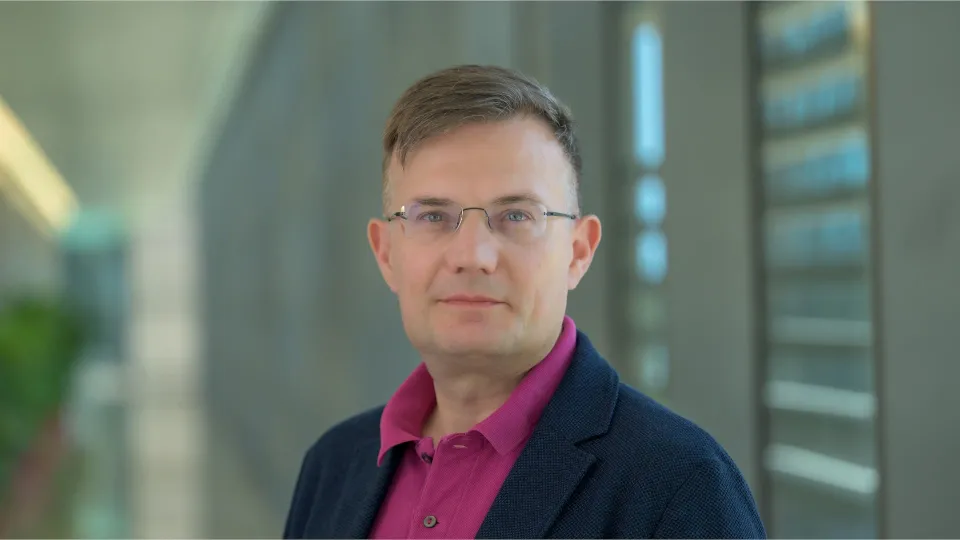
CEMSE New Faculty: Professor Rolf Krause
Professor Rolf Krause, our new faculty member at KAUST, drives sustainable progress across various domains, from medicine to geology, with his pioneering research in applied mathematics and efficient algorithms.
About
Professor Rolf Krause is an experienced researcher and educator who thrives in environments that are the “culmination point of innovation and competencies.” And, by the shores of the Red Sea, the applied mathematician believes he has found a place that excels in both areas.
“On one hand, KAUST offers excellent conditions for research and education; on the other hand, the University has grown constantly into a point of attraction for high-level scientists worldwide. This combination makes KAUST a unique place for research and education,” he emphasized.
The Swiss researcher believes that innovation depends on two pillars: research and teaching. For him, research-based education is the key to teaching students to learn, grow, and eventually master their fields, resulting in the development of new researchers, engineers, teachers and talents across the Kingdom.
By focusing on efficient, reliable and sustainable digital tools, his team will help exploit the power of mathematics and supercomputers to meet aspects of four RDIs identified by the Supreme Committee for Research, Development and Innovation. “In fact, with our application areas including medicine, engineering, energy research, geosciences and natural sciences, we are tightly connected to the four RDIs and the University’s new strategy. I look forward to building cooperation in these areas, and also contributing to Saudi Vision 2030 is highly attractive for me and my research.”
A desire to understand the complex
Krause became a researcher chiefly out of a desire to understand complex relationships as thoroughly as possible. He decided to study mathematics as he found abstraction to be one of the most potent approaches to obtaining insight and understanding. During his undergraduate studies, he developed a strong preference for the applied side of mathematics: numerical simulation, scientific computing and efficient algorithms.
“It always has fascinated me that abstract mathematical concepts are extremely helpful in solving specific problems. In terms of applications, I am now dealing with medicine, i.e., cardiology; biomechanics, i.e., prostheses; and geology, i.e., geothermal energy or fracture networks. This combination of seemingly different applications is possible, as they are all related to similar mathematical descriptions and concepts.”
The main focus of his research is the design and analysis of efficient and reliable algorithms that can be used to solve complex problems in scientific computing and machine learning. Krause and his colleagues use mathematical understanding and computer science expertise to advance sustainable progress in many areas, from medicine to geology.
“For example, we work in the area of cardiac simulation together with cardiologists to provide tools for surgery or therapy planning; we work with companies to optimize their technical products; and we work with geologists to better understand the mechanisms related to the exploitation of geothermal energy or CO2 sequestration.”
These systems' analysis, simulation and virtual prediction are only possible with mathematically sound simulation, optimization and prediction methods. This is a difficult task, as every application has its particular demands.
“We provide scientific software capable of solving complex, large-scale problems that can run on modern supercomputers such as Shaheen. One of my goals here is to find not only the most efficient methods but also to provide an efficient implementation in terms of usable software, thus reducing energy consumption and waiting times.”
Advancing traditional mathematical models
A growing topic in computer science is the combination of techniques from machine learning and artificial intelligence (AI) techniques with traditional methods from scientific computing and mathematical modeling. Combining these different techniques, Krause believes society can develop new tools for simulation and prediction, integrating information obtained from data with traditional mathematical insights.
“In terms of applications, we will continue our work in medicine, i.e., the development of “digital twins” usable in cardiology, and high-end simulation tools in mechanics, contact problems, fluid-structure interaction and geology,” he noted.
“Scientific software is often complicated to use, and making modern computational techniques more accessible will help foster research at KAUST and accelerate innovation in various application areas. Clearly, the development of scientific software is an interdisciplinary team effort. I am glad to contribute to this goal with other KAUST researchers and enable practitioners to use advanced scientific software.
“It might sound straightforward, but the two most important things for success in research are interest and a good and solid education. Research is demanding. My advice to students is that if you are not willing to immerse fully into what you do, you will not be successful. To my younger self, however, I would suggest taking a weekend off more often.”
